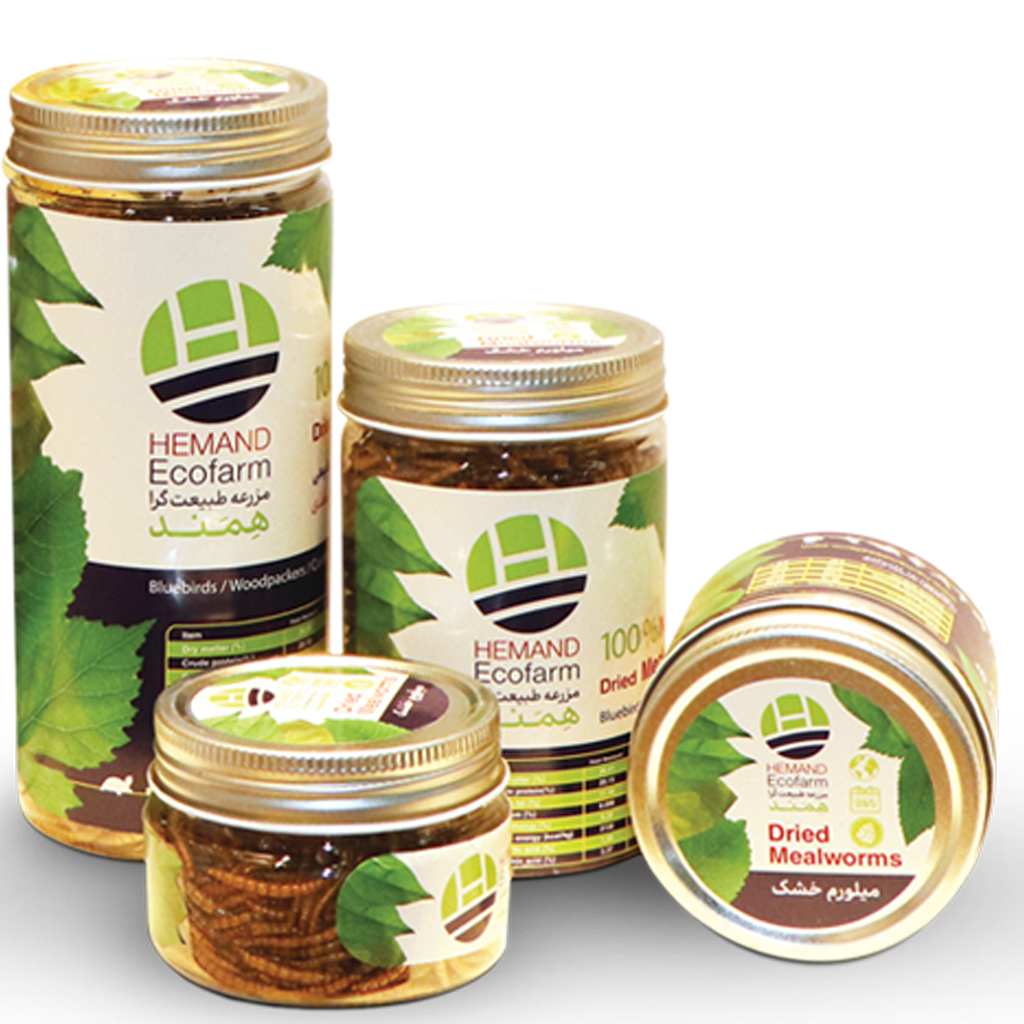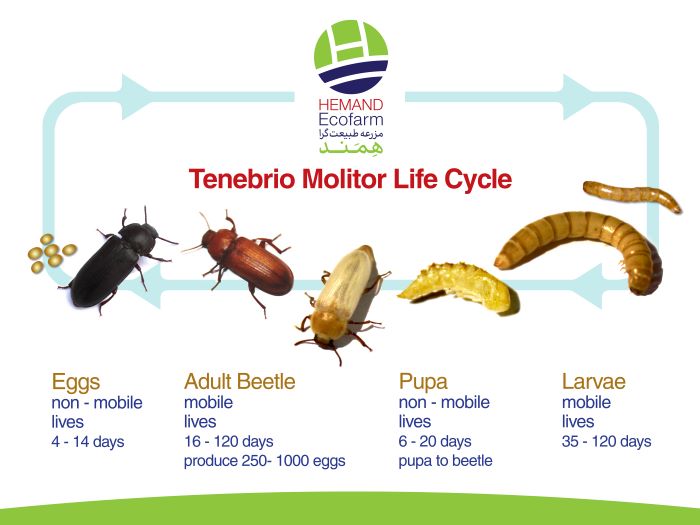

Mealworms are the larvae of darkling beetles, scientifically known as Tenebrio molitor. They are common insects found in many parts of the world, including Europe, North America, and Asia. Mealworms have a distinct appearance with a segmented body and a hard exoskeleton. They go through a life cycle consisting of four stages: egg, larva (mealworm), pupa, and adult beetle.
Mealworms are known for their ability to consume and digest a variety of organic materials, including grains, vegetables, and decaying matter. They are detritivores, meaning they feed on decomposing organic matter in their natural habitat. Mealworms have adapted well to human environments and can also consume processed grains and food waste.
Due to their high protein content, mealworms are commonly used as a food source for animals, such as poultry, reptiles, and fish. They are also increasingly being considered as a potential sustainable protein source for human consumption. Mealworms can be used in various forms, including live, frozen, dried, or processed into mealworm flour or protein powder.
In addition to their use as a food source, mealworms have gained attention for their potential applications in various industries. They are used in scientific research, educational settings, and as bait for fishing. Mealworms can also be used in waste management systems to consume organic waste and convert it into nutrient-rich compost.
Overall, mealworms are versatile insects with several applications in animal feed, human food, research, and waste management, making them an interesting subject of study and exploration.

Mealworms (Tenebrio molitor) have a variety of uses across different industries. Here are some of the common uses of mealworms:
Animal Feed: Mealworms are widely used as a nutritious source of protein for animals. They are commonly fed to poultry, fish, reptiles, and pet animals like birds and rodents. Mealworms offer a high protein content and are often used as a substitute or supplement for traditional animal feeds.
Human Consumption: Mealworms are gaining popularity as a sustainable and nutritious food source for humans. They are rich in protein, healthy fats, vitamins, and minerals. Mealworms can be incorporated into various dishes, such as protein bars, snacks, insect protein powder, and even as whole cooked or roasted insects.
Research and Education: Mealworms are frequently used in scientific research, particularly in the fields of biology, entomology, and ecology. They serve as model organisms for studying insect physiology, development, behavior, and genetics. Additionally, mealworms are used in educational settings to teach students about insect life cycles, food chains, and sustainability.
Waste Management: Mealworms have the ability to consume a wide range of organic waste materials, including food scraps, agricultural byproducts, and other organic waste streams. This makes them useful in waste management systems, such as vermicomposting or bioconversion, where they can help reduce waste and produce nutrient-rich compost or animal feed.
Bait: Mealworms are commonly used as bait for fishing, particularly for catching fish species like trout, perch, and catfish. Their movement and scent attract fish, making them an effective bait option for anglers.
Pet Food: Mealworms are also utilized in the production of pet foods, including dog treats, cat food, and reptile diets. They provide a natural source of protein and nutrients for pets and are often included in specialized feeds for specific animal species.
These are just a few examples of the many uses of mealworms. As their nutritional value, sustainability, and versatility continue to be explored, new applications are being discovered in various industries.